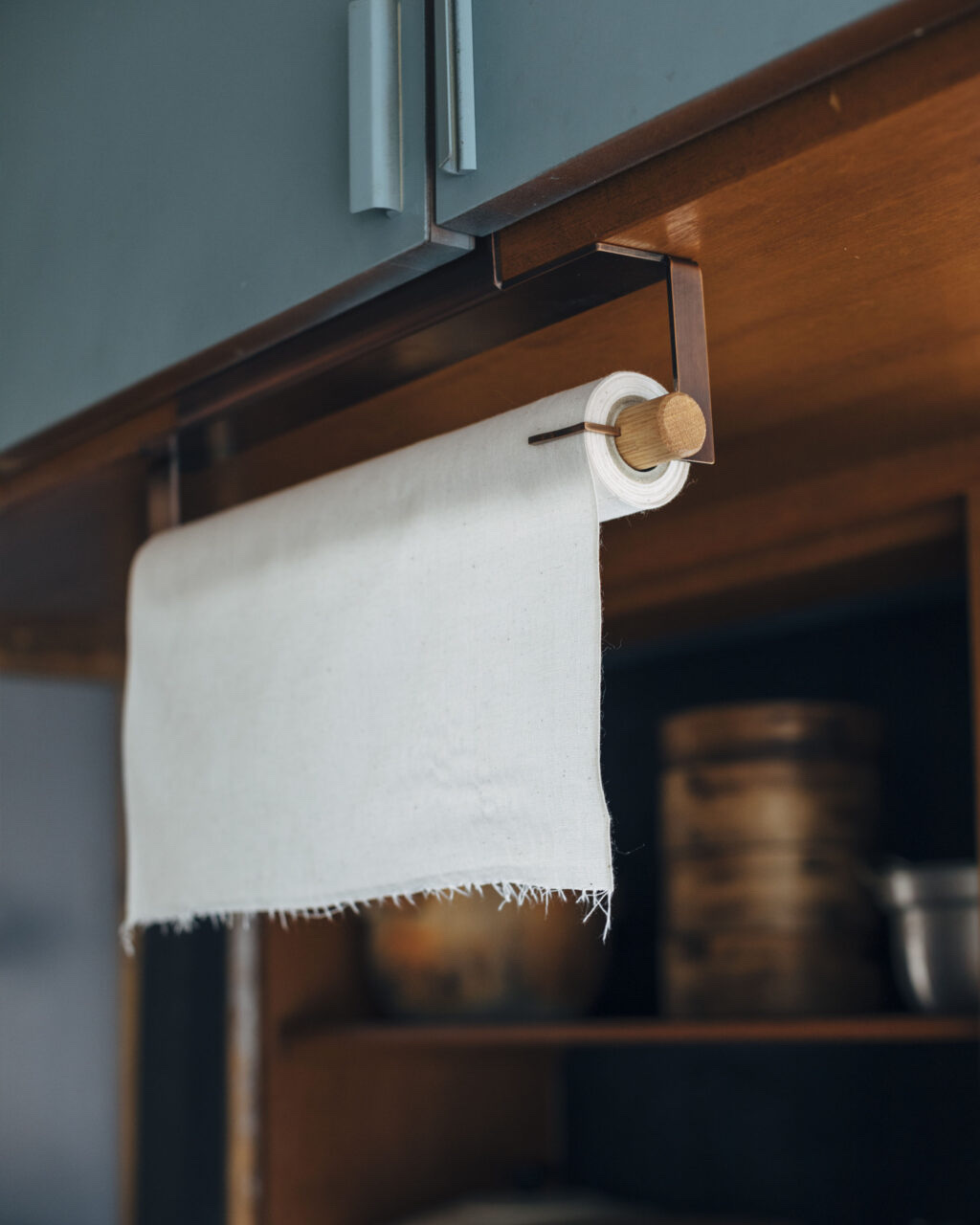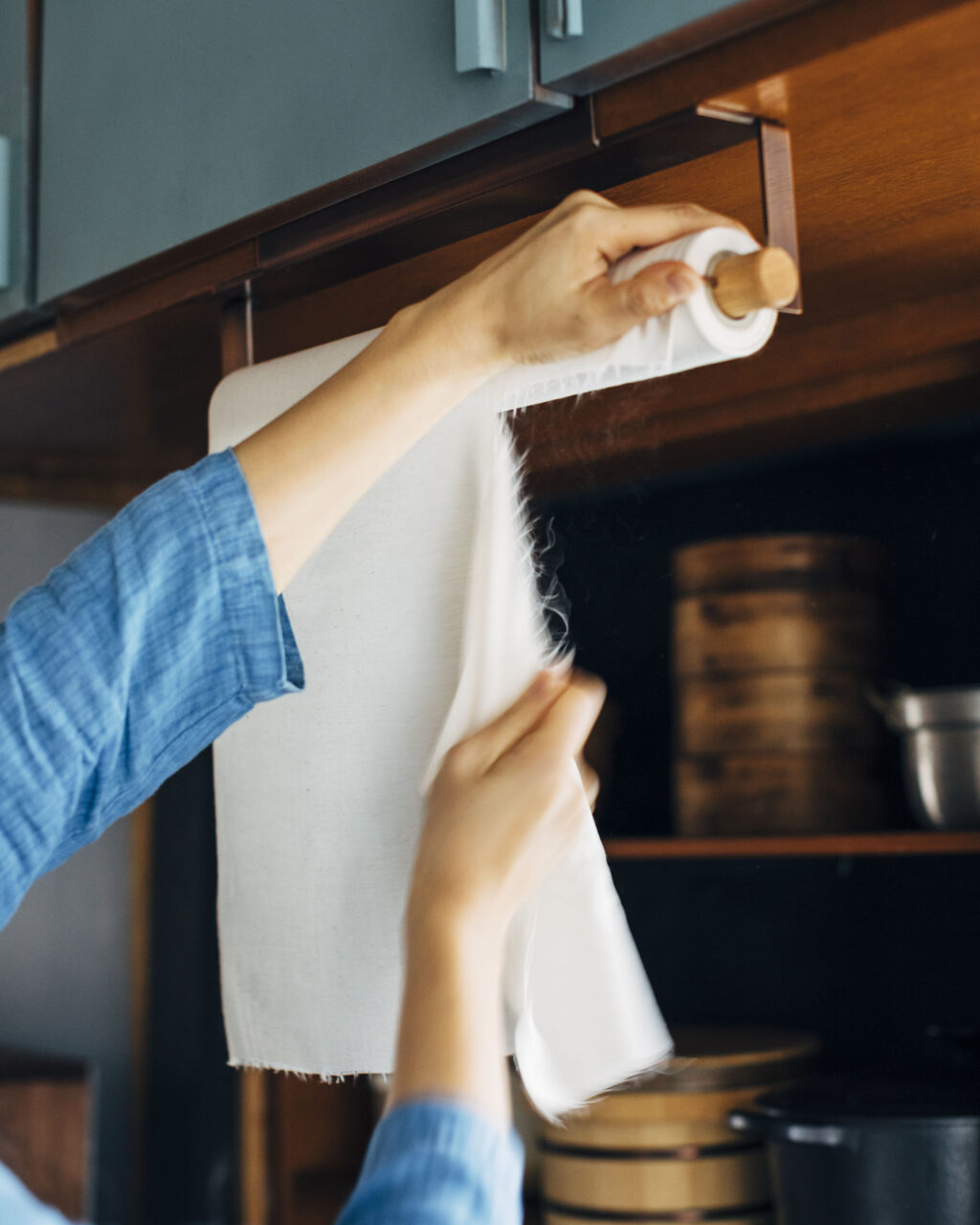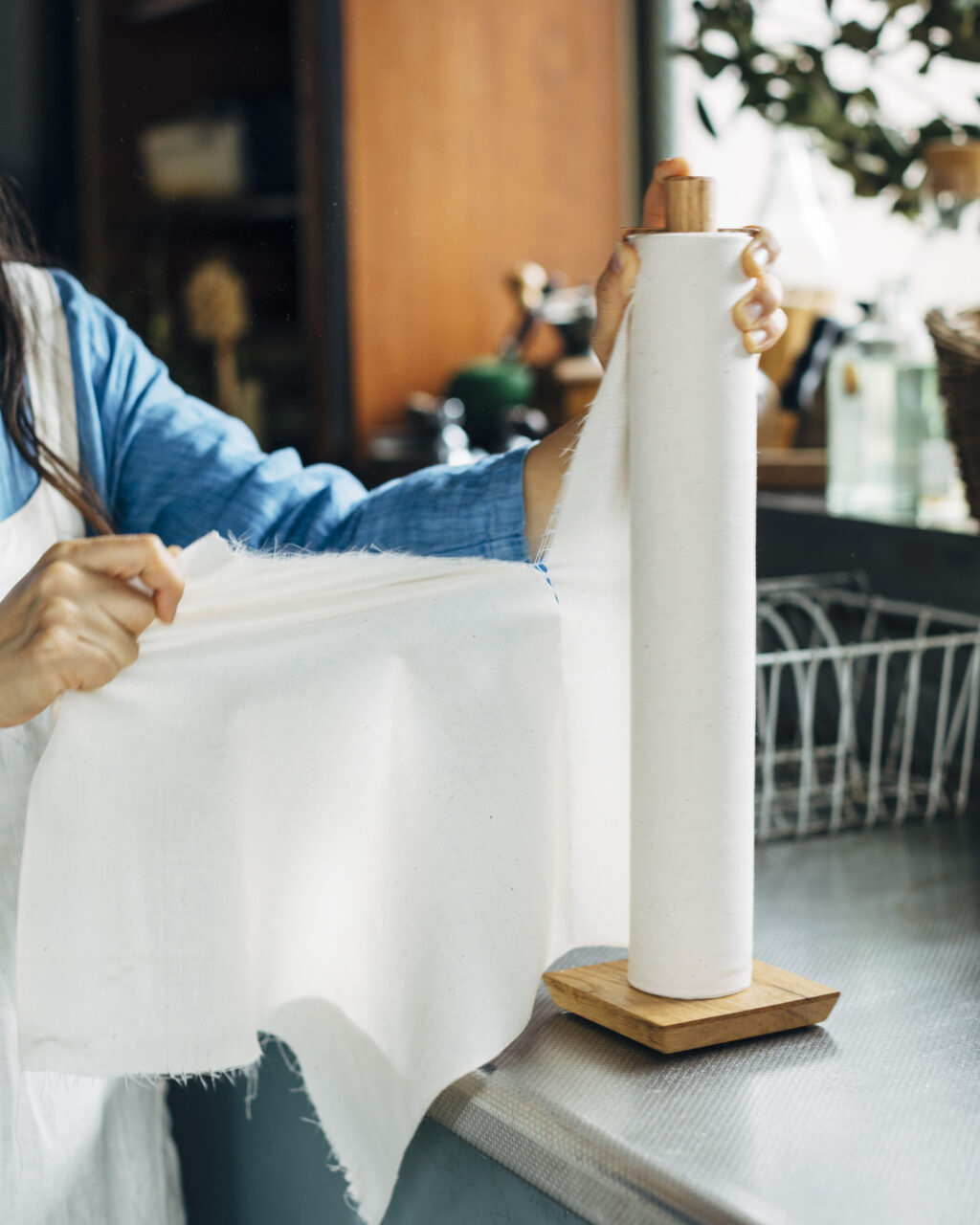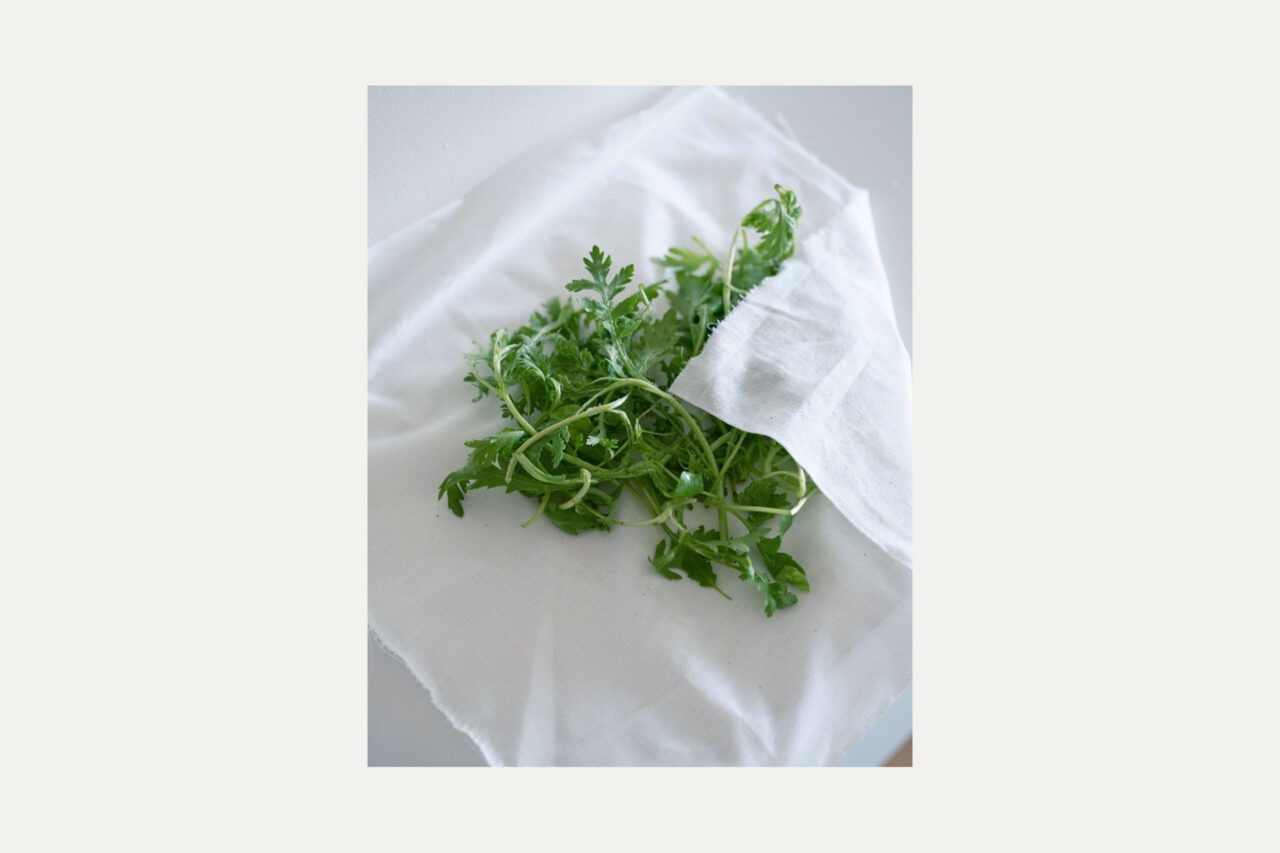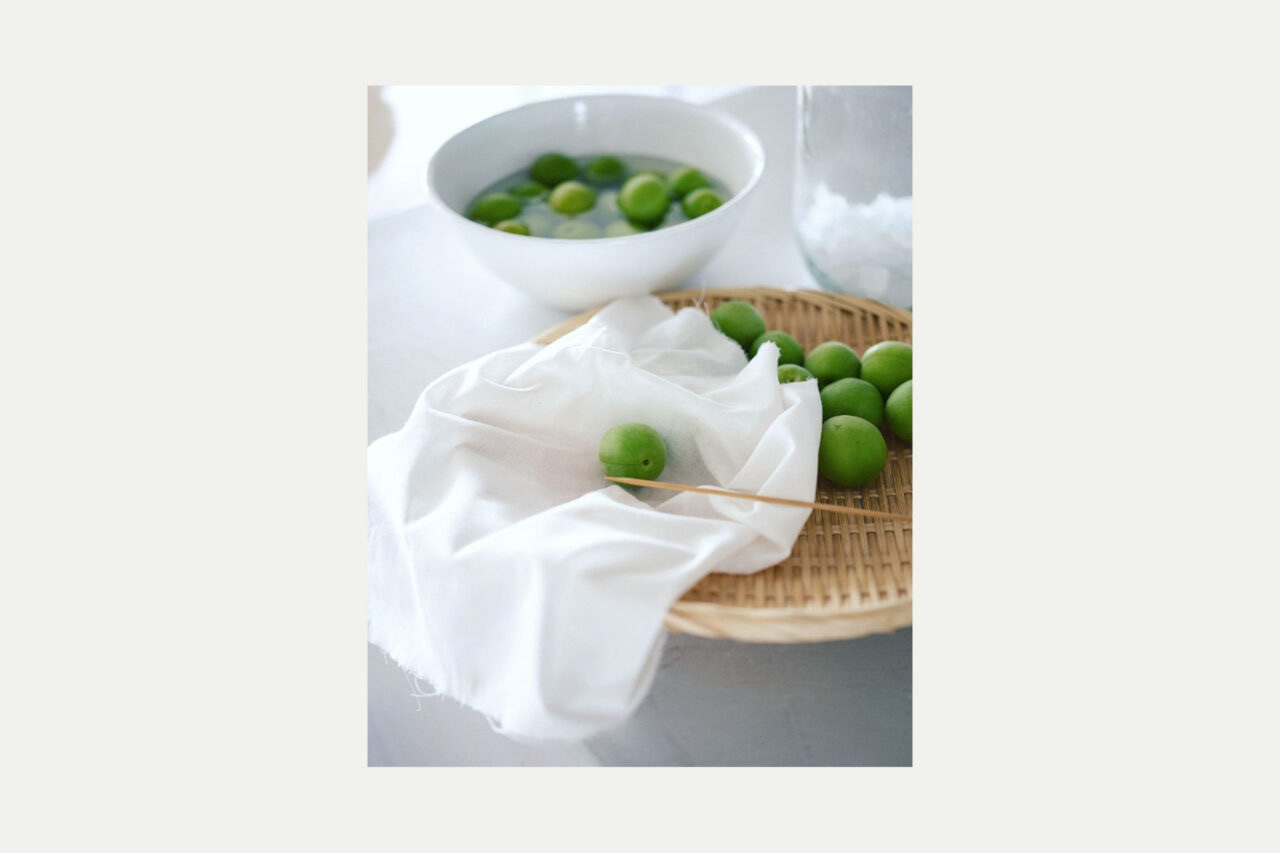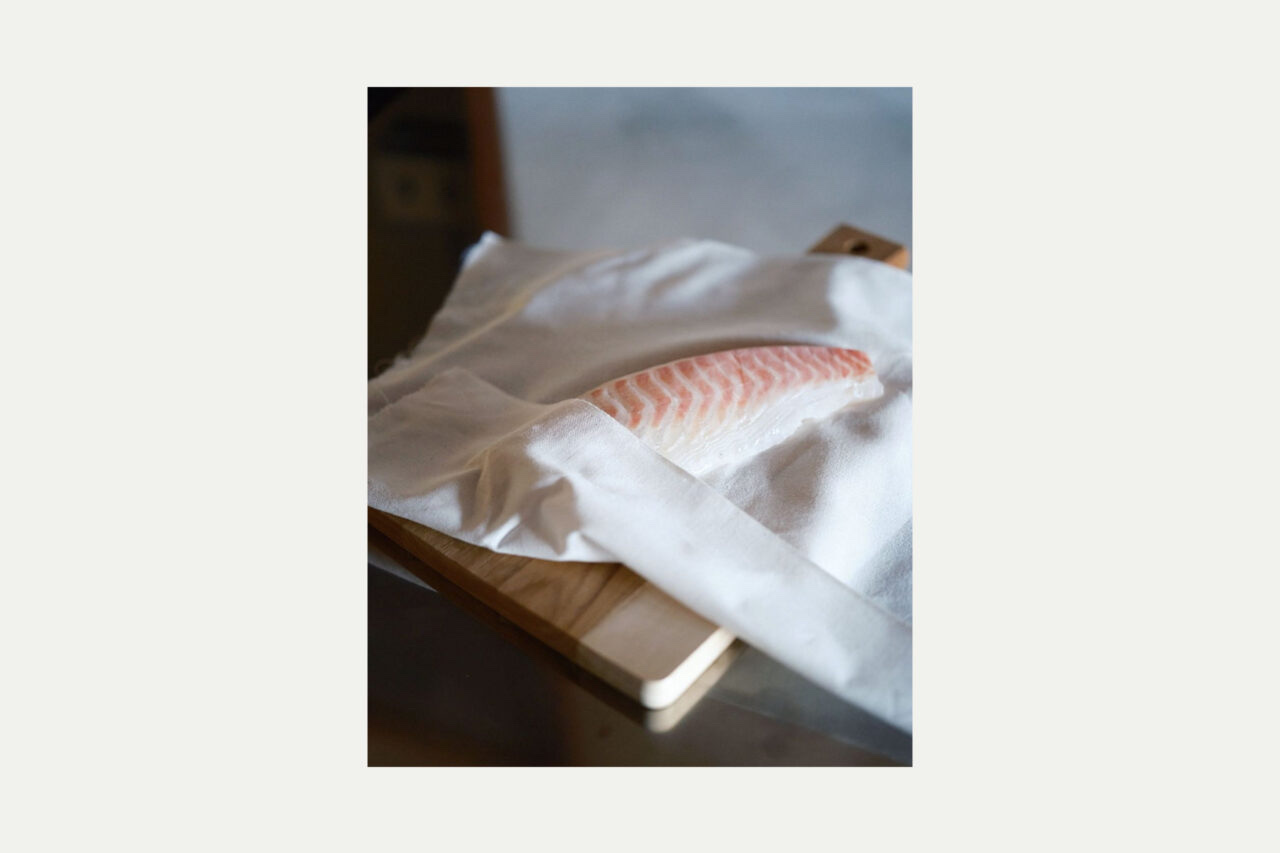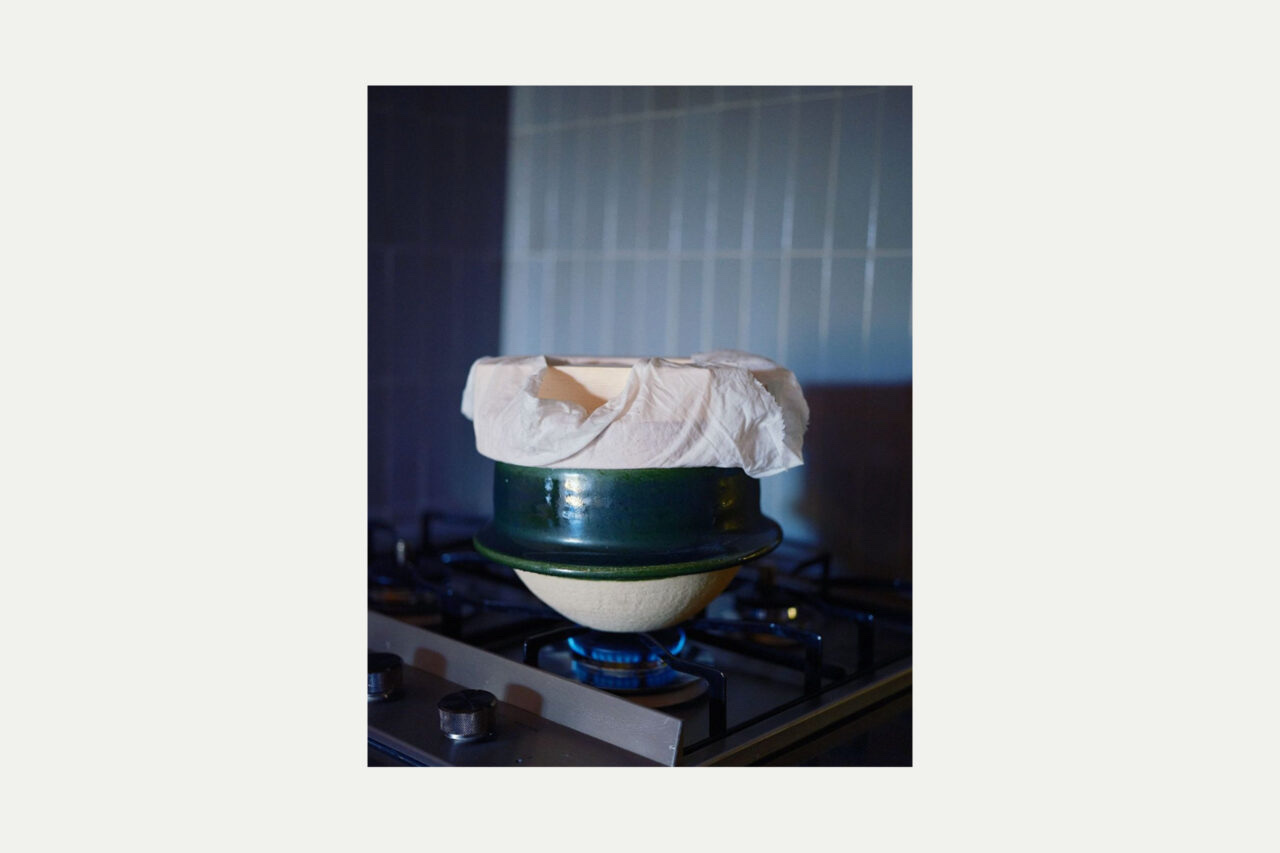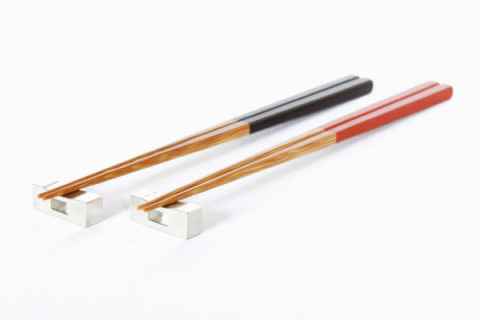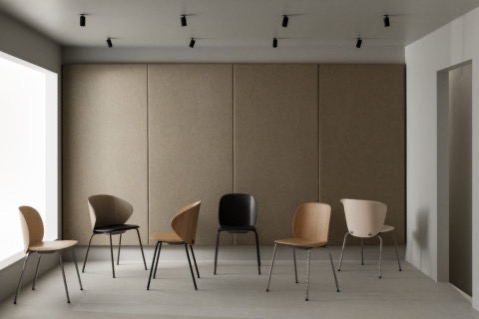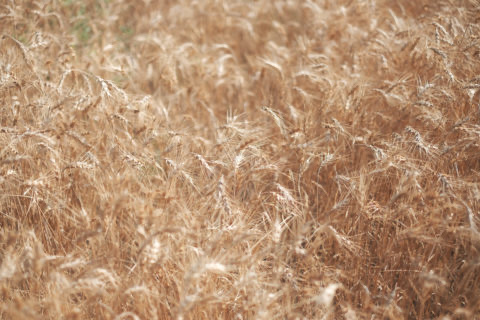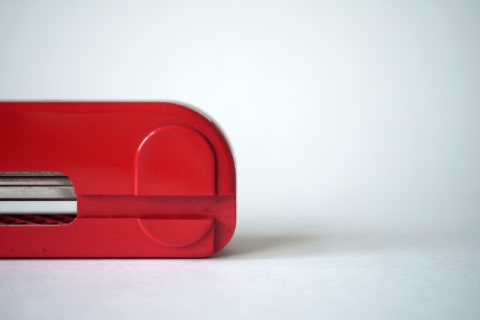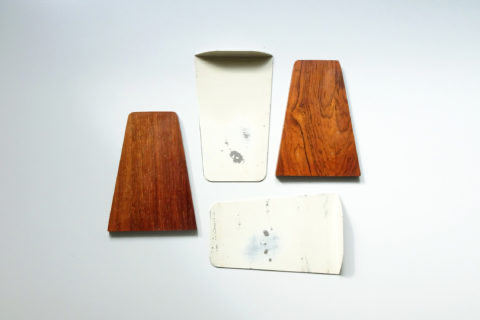長久像是有些東西能維持著讓人不鬆垮的那條軟毛線,好像有些事每天都做的話,就能讓人賺到發懶的一天,是預先儲起,久不久拿來打發疲憊。
家務事也是如此,維持舒適整潔要付出的力度不少,有時真想狡猾一點,掃進垃圾桶假裝看不見,但卻應該有更聰明的做法,想找出一種舒心的、不帶壓迫感的正途。
想起曾讀一位日本僧人寫關於打掃的事,他說「水是生命的基礎,在與此相關的場所,容易看出人的本能。在潮濕的浴室裡洗澡,內心也會變得陰暗潮濕。浴室裡發霉,心也會跟著發霉。隨便清洗身體的人,也無法洗脫內心的污垢。」首次讀到這個想法時覺得真是嚴厲啊,再想下去卻不自覺的在點頭。若打理居所就如照料自己,努力讓空間舒爽,便是讓自己更愜意地呼吸。
The soft thread that seems to keep everything from breaking loose all along is like the things one does everyday to earn one lazy day, which is stored up in advance, to be used from time to time to fend off exhaustion.
Housework is as such too. To maintain comfort and order requires not a little effort. How I wish to be a bit crafty sometimes, to sweep things into a bin and pretend I didn’t see it, but there must be smarter ways. I want to find a proper way that sits well with the heart and doesn’t cause suffocation.
I recall reading a Japanese monk’s writing about cleaning. He said, “Water is the foundation of life. In spaces that are associated with it, one discerns human nature easily. Washing yourself in a humid bathroom, the heart grows dark and damp too. If a bathroom gets mouldy, so does the heart. A man who washes his body carelessly will not be able to rinse the filth off his heart.” Reading this idea for the first time, I thought, how austere, but as I followed through the line of thought, I was nodding unconsciously. If taking care of a dwelling place is akin to self-care, putting in the work to keep the space clean and tidy is to let myself breathe more easily.
在家時發現在廚房這區域,花掉了極多時間。洗洗切切過後的洗洗抹抹,花時間在還原,人也像等待瀝乾的碗盤,期待乾爽。
於是一眼相中這個「さささ和晒卷家事巾」,它還有個別名叫萬用家事巾,用的時候會發現,萬用的好處大概是一種隨手的好。
位於大阪堺市,自1911年創立,由武田父子經營的武田晒工廠,在2020年推出了「さささ和晒卷家事巾」。「さささ」讀作「sasasa」,是迅速移動時會發出的聲音,喔是否已猜到了 —— 沒錯!這是個讓家事處理得更快更妥當的好物,它也很快便成為主夫主婦們心中的好用第一名。
「晒」是指將紡織物雜質去除後進行漂白,「和晒」則是製作過程。在布料加工前,為了加強棉布的韌度會塗上一層漿糊,待吸收後再將棉布煮沸去除過多的漿糊,才會進行精煉。精煉就像洗米的原理,可去除纖維裡的雜質,之後便可進行漂白。漂白後取出,脫水、晾乾,最後進行熱燙的工序。整個過程需隨季節天氣調整,是一項艱辛耗時的人手作業。晒工廠早已日漸稀少,武田晒工廠裡就有不少員工是由從前的同業對手,變成一起傳承技術的夥伴。
At home, I realised that the kitchen area is where one fritters away so much time. Washing and cutting give way to more washing and wiping. And as time is spent on restoration, people too are like bowls and dishes waiting to dry, looking forward to being clean and dry again.
And so I set my eyes on this “Sasasa Wazarashi Roll” (さささ和晒卷家事巾) at once, also known as the all-purpose kitchen cloth. Using it, one realises that what makes versatility is perhaps convenience.
Located in Sakai, Osaka and founded in 1911, the sarashi factory Takeda Sarashi is run by the Takeda father and son duo. In 2020, it launched the “Sasasa Wazarashi Roll”. “さささ” is pronounced “sasasa”, it is the sound of a rapid movement. Ah have you guessed it already – that’s right! It is an excellent item that makes housework better and more efficient, and it has quickly become the number one most useful item among house husbands and housewives too.
“Sarashi” (晒) refers to the bleaching after a fabric is rid of its impurities, and “Wazarashi” (和晒) refers to that production process. Before a fabric undergoes further treatment, a layer of substance is applied to enhance the strength of the cotton fabric. After the cotton fabric has taken in the substance, it is boiled to clear away the excess substance, and only after that is it refined. Refinement is just like washing rice in theory, it eliminates the impurities in the fibres. After that, it is ready for bleaching. After bleaching, it is taken out, dehydrated, dried out and lastly, pressed under heat. The whole process needs to be fine-tuned according to the weather and is demanding, time-consuming manual labour. Sarashi factories have become scarce over time. In the Takeda Sarashi factory, many staff were once rivals in the industry that have since become companions who pass on the skills together.
如此費神製作出的「和晒」具有良好吸水性,能快速晾乾重複使用,「さささ」設計成可以隨手一撕,根據用途撕成合適的長度。瀝乾生鮮肉類或作蒸布時就撕長一點,若用作咖啡濾布,短一點再摺成三角漏斗狀就剛好。
處理食材時,它可溫柔地拭乾水分。用來做醃漬食物用的布也可加速完成。家裡沒有竹籠,但在平日用的湯鍋裡放一個蒸架,再用「さささ」覆蓋食材,也能有竹蒸籠般的水潤。將吃不完的米飯裹在濕了水的「さささ」裡,壓緊再放入保鮮袋冷凍,隔天蒸熱也會像剛煮好的新鮮米飯般軟糯。或是做飯糰時把「さささ」打濕才放入米飯捏出形狀,也不再需要一次就丟掉的保鮮紙。
這麼一卷,就能完成你手邊的想像,用到最後也可變成抹布,一直用到它光榮引退,成熟工藝能如此輕盈的包覆著日常,真的很想一起sasasa的!把家料理成我們想往的模樣啊。
Such a painstaking process produces a “Wazarashi” with great absorbency, capable of drying quickly for repeated use. “Sasasa” was designed to be torn out conveniently and can be torn into whatever lengths required for the purpose. To drain water out of raw meat or function as a steaming cloth, tear a longer cloth. To use as a coffee filter, a shorter cloth folded into a triangular funnel would be just right.
Used in food treatment, it gently absorbs the moisture. Used as a cloth to ferment food, it speeds up the process too. If there is no bamboo steamer at home, put a rack in the pot you normally use and cover the food with a “Sasasa”, it achieves the same moistness as using a bamboo steamer. Wrap leftover rice in a wet “Sasasa”, press tightly then put it into a resealable bag to cool down. After a day, steam it again and it will be as soft as freshly cooked rice. Or when making rice balls, wet a “Sasasa”, then put rice in it and squeeze it into shape, and the single-use disposable cling wrap is needed no more.
Just one roll is needed to fulfil your imaginations at hand, at the end of which it becomes a wiping cloth too, to be used until its glorious retirement. How lightly such mature craftsmanship wraps up our daily life, how I wish we would sasasa together! Let’s make our homes the way we want them to look like.

